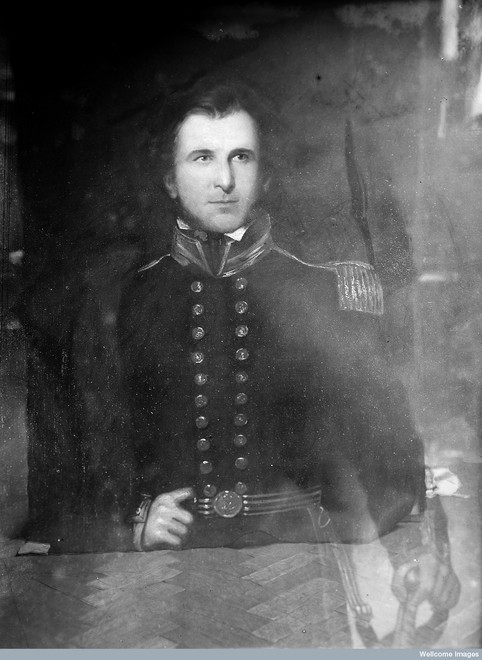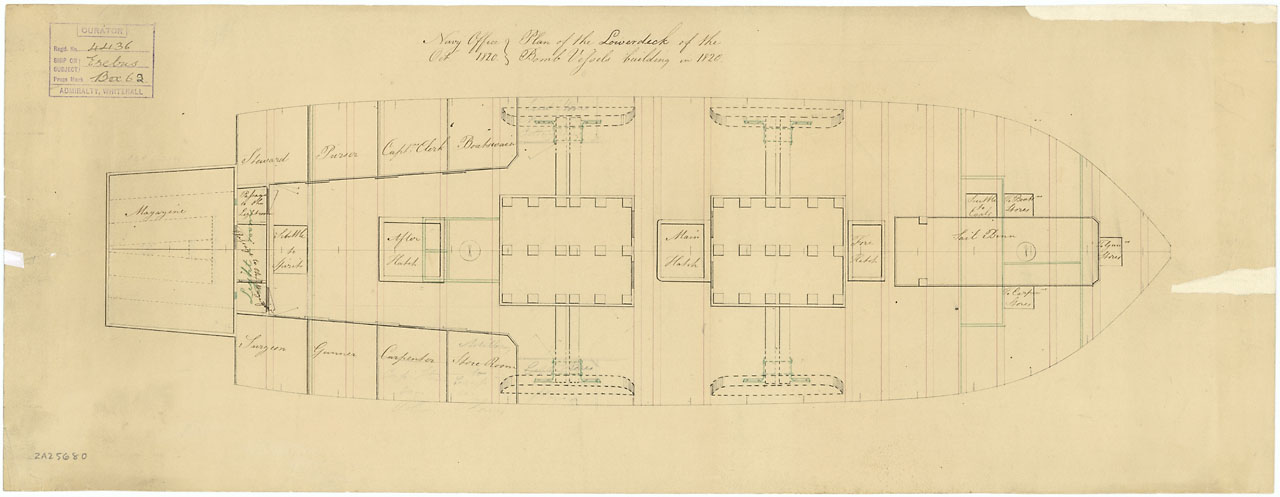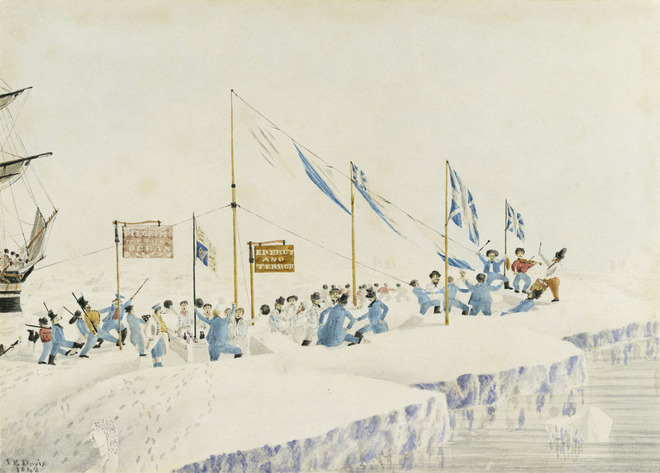How HMS Erebus and Terror were lost in the search for the Northwest Passage

HMS Erebus in the Ice
On the cloudy morning of 19 May 1845 - a small town, Greenhithe, in England’s Southeastern tip, was a hive of excitement and activity. Festivities were focused around the town’s dock where two great ships - HMS Erebus and Terror - were preparing to cast off. Their destination? The still-uncharted Northwest Passage of the Arctic, where the Atlantic and Pacific seas meet.
The two ships’ crews, numbering 129 men, and their captain John Franklin were united in enthusiasm for the year-long voyage ahead. Successfully finding the fabled passage would be a historic maritime discovery, crucial for traders all over the world.
Sir John Franklin
Their voyage, however, was doomed and the men were never seen again. The ships were only finally found in 2014, by a Canadian marine archaeologist.
In the intervening years, the mystery endured as a source of national and international intrigue, particularly so in the decades just after the disappearance. Numerous search parties set off, and though they found sometimes found clues, they failed to yield any satisfying answers.
Below, you can see some of the different items found by the search expeditions - poignant remnants of the lives on board.



One Scottish explorer, John Rae, came closer to a detailed explanation of the ships' fate. On his trip to the region, he not only obtained a number of salvaged items from the ships from the local Inuit communities, some of which you can see below, but shocking witness accounts too.



The Inuit Rae interviewed reported that the boats became trapped in ice, and the men, faced with starvation, resorted to cannibalism before eventually perishing in the terrible Arctic conditions.
The story horrified Victorian society, and Franklin’s wife, Jane, and the eminent novelist Charles Dickens campaigned to have the story denounced, suggesting instead that the 'savage' Inuit killed the men.
As you can expect, the horror and mystery of this tragic tale inspired artists and writers across Europe for generations to come, and you can find many different depictions relating to the voyage in our collections, from books and maps, paintings to magic lantern slides.
Below, you can see some highlights we have selected, including a map of HMS Erebus' lower deck, now helpful to archaeologists excavating the ships.
Explore more from this Arctic mystery, and the art it inspired, via Europeana here.
- Royal Museums Greenwich, CC BY-NC-SA
- The Wellcome Library, CC BY 3. Royal Museums Greenwich, CC BY-NC-SA
- Royal Museums Greenwich, CC BY-NC-SA
- Royal Museums Greenwich, CC BY-NC-SA
- Royal Museums Greenwich, CC BY-NC-SA
- Royal Museums Greenwich, CC BY-NC-SA
- Royal Museums Greenwich, CC BY-NC-SA
- Royal Museums Greenwich, CC BY-NC-SA
- Royal Museums Greenwich, CC BY-NC-SA
- Royal Museums Greenwich, CC BY-NC-SA
- Royal Museums Greenwich, CC BY-NC-SA
- Royal Museums Greenwich, CC BY-NC-SA
- The Wellcome Library, CC BY
- The British Library, Public Domain.









